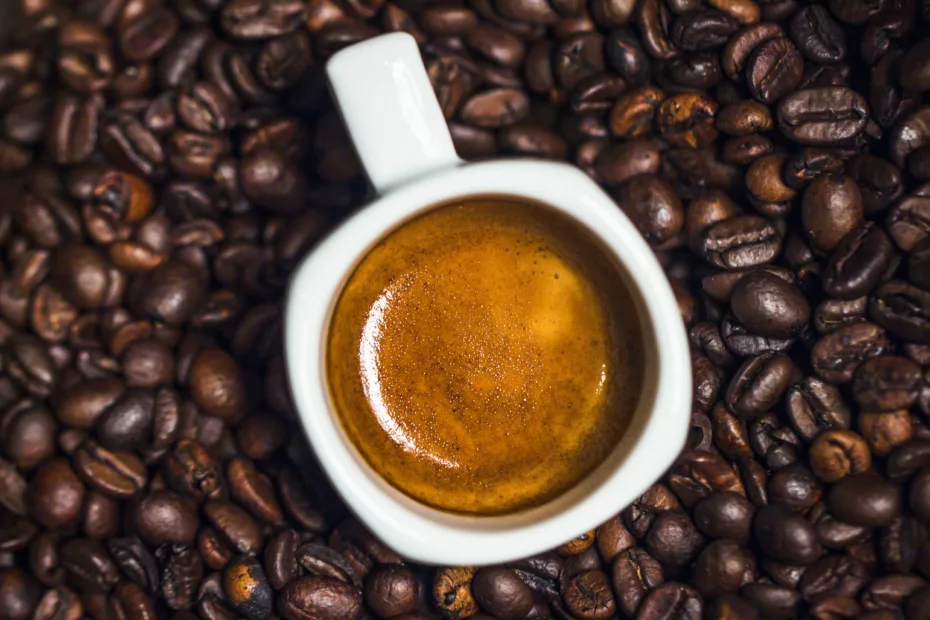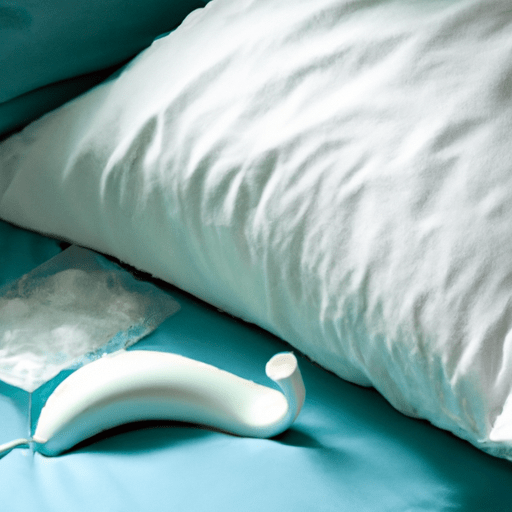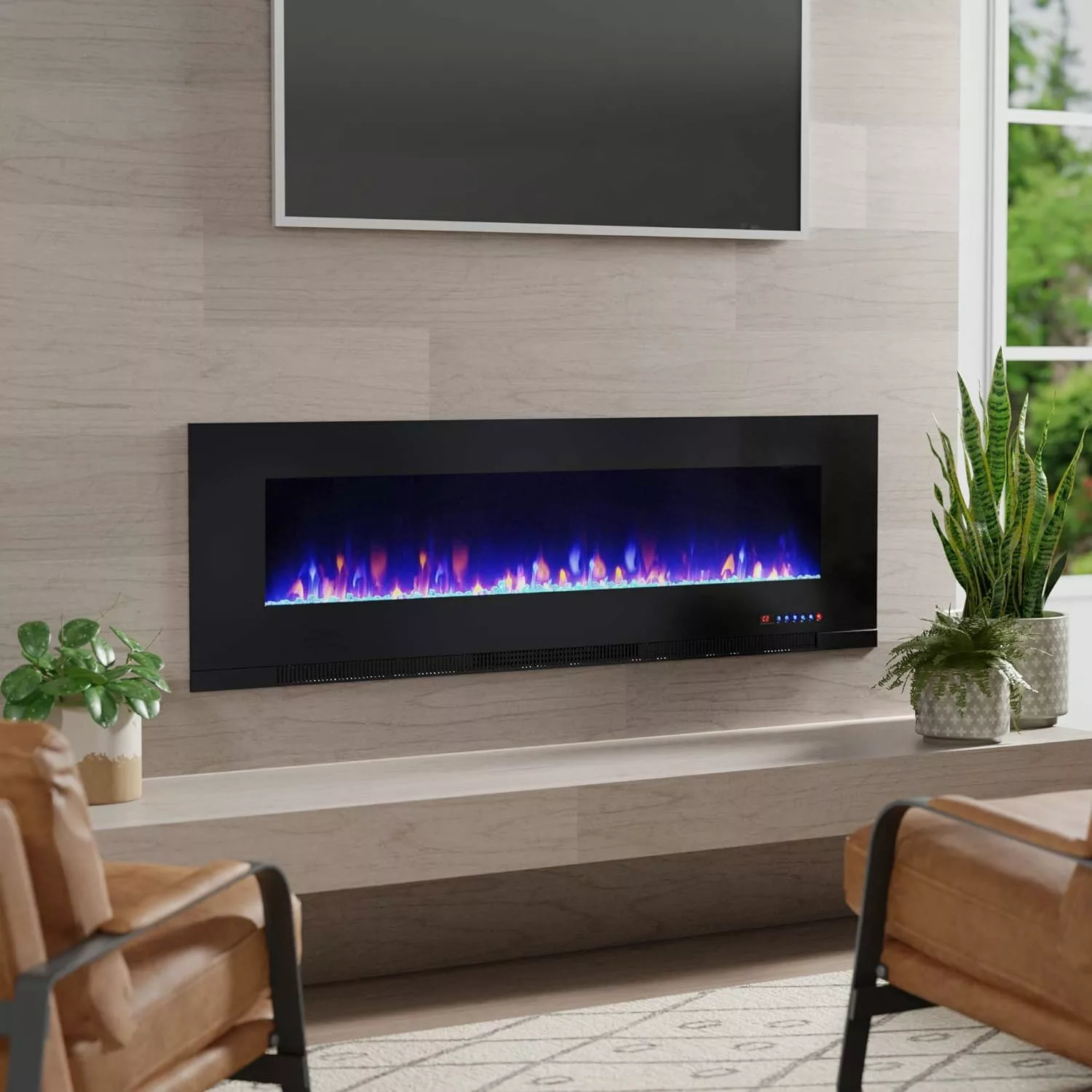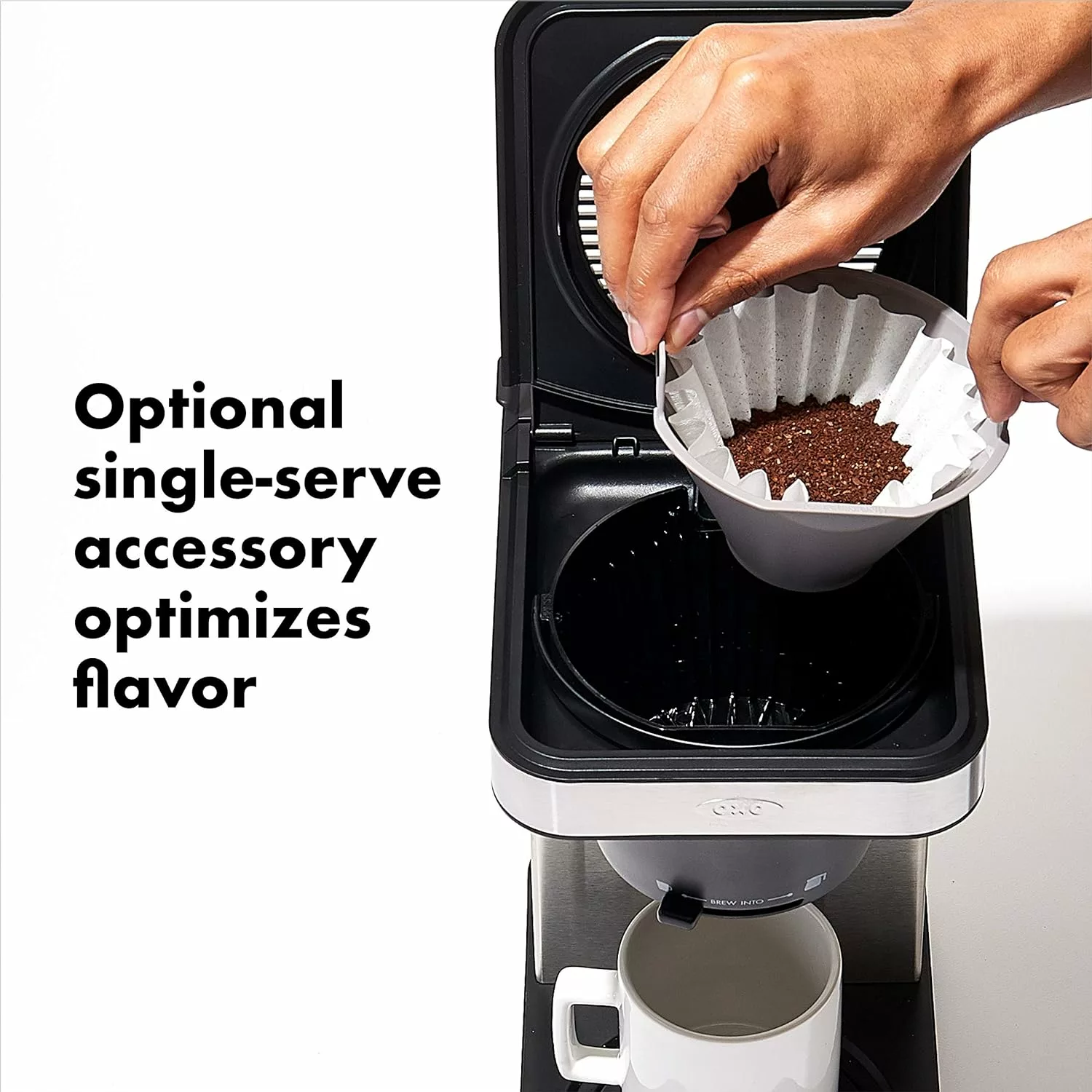You’re in for a delightful surprise as we take a closer look at the amount of caffeine in frosted coffee. Wondering if this deliciously creamy and refreshing beverage packs the same caffeine punch as a regular cup of joe? Look no further, as we explore the caffeine content in frosted coffee and uncover the perfect balance of flavor and energy that this indulgent treat has to offer. So sit back, relax, and prepare to discover the caffeine levels in this tantalizing blend of coffee and frosty goodness.

Types of Frosted Coffee
Traditional Frosted Coffee
Traditional frosted coffee is a classic option that is loved by many coffee enthusiasts. It typically consists of a rich and bold coffee base that is blended with ice and topped with a creamy layer of frosted goodness. The traditional version of frosted coffee is often enjoyed as a refreshing and indulgent treat, especially during the hot summer months.
Mocha Frosted Coffee
Mocha frosted coffee combines the delightful flavors of coffee and chocolate in one delicious beverage. This variant typically starts with a base of espresso or strong brewed coffee, which is then blended with ice, milk, and a generous amount of chocolate syrup or powder. The result is a decadent and caffeinated treat that will satisfy any chocolate lover’s cravings.
Caramel Frosted Coffee
If you’re a fan of the sweet and buttery flavor of caramel, then caramel frosted coffee is the perfect choice for you. This variant usually begins with a base of coffee, which is blended with ice, milk, and a luscious caramel sauce or syrup. The combination of the caramel’s distinct taste with the smoothness of frosted coffee creates a delightful beverage that is sure to please your taste buds.
Vanilla Frosted Coffee
For those who prefer a more subtle and creamy flavor, vanilla frosted coffee is an excellent option. This variant typically features a coffee base blended with ice, milk, and a touch of vanilla syrup or extract. The result is a velvety and aromatic beverage that provides a pleasant balance between the richness of coffee and the sweetness of vanilla.
Caffeine Content in Different Frosted Coffee Variants
Traditional Frosted Coffee
The caffeine content in traditional frosted coffee can vary depending on factors such as the type of coffee beans used, the brewing method, and the amount of time the coffee is brewed for. On average, a cup of traditional frosted coffee contains around 95-150 milligrams of caffeine. However, it’s important to note that these values can differ between brands and serving sizes.
Mocha Frosted Coffee
Mocha frosted coffee typically contains a similar amount of caffeine as traditional frosted coffee. The addition of chocolate in mocha variants does not significantly alter the caffeine content of the beverage. Therefore, you can expect to find a similar caffeine range of 95-150 milligrams in a cup of mocha frosted coffee.
Caramel Frosted Coffee
Like other frosted coffee variants, the caffeine content in caramel frosted coffee is comparable to traditional frosted coffee. The addition of caramel flavoring does not contribute to a significant increase in caffeine levels. Therefore, you can still expect to find approximately 95-150 milligrams of caffeine in a cup of caramel frosted coffee.
Vanilla Frosted Coffee
Similar to other frosted coffee flavors, vanilla frosted coffee generally falls within the same range of caffeine content. The addition of vanilla flavoring does not significantly affect the caffeine levels. Hence, a cup of vanilla frosted coffee is likely to contain around 95-150 milligrams of caffeine.
Factors Affecting Caffeine Content
Type of Coffee Beans Used
The type of coffee beans used in the brewing process can influence the caffeine content of frosted coffee. Different coffee bean varieties have varying levels of caffeine naturally present in them. For instance, Robusta beans generally contain more caffeine compared to Arabica beans. As a result, frosted coffee made with Robusta beans may have a higher caffeine content than those made with Arabica beans.
Brewing Method
The brewing method also plays a role in determining the caffeine content of frosted coffee. Traditional brewing methods like espresso tend to result in a higher concentration of caffeine compared to methods like drip brewing. This is because the hot water in espresso extraction allows for more efficient extraction of caffeine from the coffee grounds.
Amount of Time Brewed
The length of time that coffee is brewed can impact its caffeine content. Generally, shorter brewing times result in a lower caffeine concentration, while longer brewing times extract more caffeine from the coffee grounds. In the case of frosted coffee, which is often made using espresso or strong brewed coffee as a base, the brewing time may be shorter compared to regular drip coffee, potentially leading to a higher caffeine content.
Type of Milk Used
The type of milk used in the preparation of frosted coffee can influence its caffeine content. Milk itself does not contain any caffeine, so it does not directly contribute to the caffeine content of the beverage. However, different types of milk, such as whole milk, skim milk, or plant-based alternatives like almond or soy milk, can impact the overall taste and texture of the drink. These variations may affect the perceived strength of the coffee and thus influence the sensation of caffeine.
Additional Flavorings
While flavorings like chocolate, caramel, or vanilla do not significantly alter the caffeine content of frosted coffee, they may influence the overall taste and enjoyment of the beverage. It’s important to note that flavored syrups or powders used in frosted coffee often contain sugar or artificial sweeteners, which can impact the nutritional content of the drink but do not directly affect the caffeine levels.
Comparing Caffeine Content with Regular Coffee
Caffeine Content in an Average Cup of Coffee
An average cup of coffee, brewed using standard methods like drip brewing, typically contains around 95-200 milligrams of caffeine per 8-ounce serving. However, the actual caffeine content can vary widely based on factors such as coffee bean type, brewing method, and personal preferences for the strength of the brew.
Caffeine Content in Frosted Coffee
As mentioned earlier, the caffeine content in frosted coffee variants generally falls within the range of 95-150 milligrams per cup. This places frosted coffee in a similar range to regular brewed coffee, making it a comparable option for caffeine consumption.
Percentage Difference
When comparing the caffeine content between frosted coffee and regular coffee, the percentage difference is relatively small. The caffeine content in frosted coffee is typically within 75-100% of the caffeine content in an average cup of coffee. Therefore, if you enjoy the taste and texture of frosted coffee, it can provide a comparable caffeine boost to a regular cup of joe.

Health Implications of Consuming Caffeine
Recommended Daily Caffeine Intake
The recommended daily caffeine intake varies depending on various factors such as age, overall health, and individual sensitivity to caffeine. In general, a moderate intake of caffeine, around 200-300 milligrams per day, is considered safe for most adults. It’s essential to listen to your body and be aware of any adverse effects that excessive caffeine consumption may have on your health.
Potential Side Effects of Excessive Caffeine Consumption
While moderate caffeine consumption is generally well-tolerated, excessive intake can lead to various side effects. Some common side effects of consuming too much caffeine include restlessness, irritability, increased heart rate, difficulty sleeping, gastrointestinal discomfort, and even anxiety or panic attacks in sensitive individuals. It’s crucial to be mindful of your caffeine intake to avoid these potential side effects.
Caffeine Sensitivity and Individual Variations
It’s important to note that individuals can differ in their sensitivity to caffeine. Some people may experience stronger effects from the same amount of caffeine compared to others. Factors such as genetics, overall health, and tolerance levels can influence how caffeine affects different individuals. It’s best to pay attention to your body’s response and adjust your caffeine consumption accordingly.
Benefits of Moderate Caffeine Consumption
Increased Alertness and Focus
One of the primary reasons people turn to caffeine is its ability to enhance alertness and improve focus. Moderate caffeine consumption can help combat fatigue, improve cognitive function, and increase mental alertness. This can be particularly beneficial during periods of long work hours or when you need an extra boost to stay attentive and productive.
Improved Physical Performance
Caffeine has been shown to have a positive impact on physical performance, making it a common choice among athletes and fitness enthusiasts. It can help improve endurance, increase muscle strength, and enhance overall athletic performance. A moderate caffeine intake before a workout or physical activity can contribute to improved stamina and reduced perceived exertion.
Enhanced Mood
Caffeine has been associated with feelings of well-being and improved mood. It helps stimulate the release of neurotransmitters like dopamine and serotonin, which are responsible for regulating mood and promoting a sense of pleasure and happiness. By consuming caffeine in moderation, you may experience a temporary boost in mood and increased feelings of positivity.

Caffeine Levels in Popular Frosted Coffee Brands
Brand A
Brand A’s frosted coffee usually contains approximately 100 milligrams of caffeine per cup. Their recipe includes a medium roast coffee base and an equal ratio of milk to coffee, resulting in a balanced and moderately caffeinated beverage.
Brand B
Brand B takes a bolder approach with its frosted coffee, using a dark roast coffee base and a higher coffee-to-milk ratio. As a result, their frosted coffee contains around 120 milligrams of caffeine per cup, providing a stronger caffeine kick for those who prefer a more robust flavor.
Brand C
Brand C prides itself on using premium Arabica beans for their frosted coffee. With a lighter roast profile and a focus on subtle flavors and aromas, their frosted coffee contains approximately 95 milligrams of caffeine per serving, offering a milder caffeine boost for those seeking a gentler experience.
Brand D
Brand D stands out with its specialty blends and unique flavor combinations. Their frosted coffee options range from seasonal releases to limited edition creations, each with its own caffeine content. On average, their frosted coffee contains around 130 milligrams of caffeine per cup, providing a slightly higher caffeine kick for those who crave a more adventurous taste.
Tips for Managing Caffeine Intake
Limiting Consumption of High Caffeine Beverages
To manage your caffeine intake effectively, it’s essential to be mindful of the various sources of caffeine in your diet. In addition to frosted coffee, other beverages like energy drinks and some teas can contain high levels of caffeine. Limiting the consumption of these high caffeine beverages can help balance your overall caffeine intake.
Opting for Decaffeinated Alternatives
If you enjoy the taste and texture of frosted coffee but prefer to minimize your caffeine intake, opting for decaffeinated versions can be a great choice. Many coffee shops offer decaffeinated frosted coffee options, which contain significantly less caffeine while still delivering the same delightful flavors.
Avoiding Caffeine Close to Bedtime
Caffeine can interfere with your sleep if consumed too close to bedtime. It’s recommended to avoid consuming caffeine-containing beverages, including frosted coffee, within a few hours of your bedtime. This allows your body enough time to metabolize the caffeine and reduces the risk of sleep disturbances.
Staying Hydrated
Caffeine is a diuretic, meaning it can increase urine production and potentially lead to dehydration. To counteract this effect, it’s important to drink plenty of water throughout the day. Staying hydrated not only supports overall health but also helps minimize any potential negative effects of caffeine on the body.
Factors to Consider when Choosing Frosted Coffee
Personal Caffeine Tolerance
Everyone’s caffeine tolerance varies, so it’s essential to consider your own tolerance level when choosing a frosted coffee variant. If you’re more sensitive to caffeine or simply prefer a milder boost, opting for a frosted coffee with a lower caffeine content would be a suitable choice. On the other hand, if you have a higher tolerance or enjoy a stronger kick, you may prefer a frosted coffee with a higher caffeine content.
Desired Caffeine Boost
Consider your desired caffeine boost when selecting a frosted coffee. If you’re looking for a significant energy boost or need a pick-me-up in the morning, a variant with a higher caffeine content may be ideal. On the other hand, if you’re seeking a more subtle caffeine lift or prefer to limit your caffeine intake, a frosted coffee with a moderate caffeine content would be a better fit.
Flavor Preferences
Your personal flavor preferences play a crucial role in choosing the right frosted coffee variant. Consider whether you prefer the classic taste of traditional frosted coffee or if you enjoy the added sweetness of mocha, caramel, or vanilla flavors. Exploring different flavors can add excitement to your frosted coffee experience and help you find the perfect combination for your taste buds.
Additional Nutritional Content
While caffeine is often the highlight of frosted coffee, it’s also important to consider the overall nutritional content of the beverage. Some frosted coffee variants may contain added sugars, fats, or calories, which can affect your overall diet and health goals. If you’re mindful of your nutritional intake, consider options with lower sugar content or opt for alternative ingredients like plant-based milk alternatives and natural sweeteners.
Experiment: Measuring Caffeine Content in Frosted Coffee
Experimental Setup
To measure the caffeine content in frosted coffee, you will need the following materials: a precise scale, coffee beans or grounds, milk, flavorings (optional), ice, a blender, a coffee maker, filter papers, and a caffeine extraction method of your choice.
Sampling and Preparation
Begin by selecting the frosted coffee variant you want to analyze. Measure a specific amount of coffee beans or grounds according to your desired serving size. If you’re using flavored syrups or powders, add them to the coffee prior to brewing. Brew the coffee using your preferred brewing method.
Caffeine Extraction Method
Choose a caffeine extraction method that suits your resources and preferences. Common methods include liquid-liquid extraction using solvents such as ethyl acetate and dichloromethane, solid-phase extraction, or high-performance liquid chromatography (HPLC).
Analyzing Caffeine Concentration
After extracting the caffeine from the frosted coffee, weigh the extracted caffeine using a precise scale. Calculate the concentration of caffeine per volume of frosted coffee based on the weight of the extracted caffeine and the initial amount of coffee used.
Results and Discussion
Analyze and interpret the results obtained from the experiment. Compare the measured caffeine concentration with the expected values based on previous research and the information provided by the frosted coffee brand. Discuss any variations or limitations in the experiment that may have influenced the results.
By conducting this experiment, you can gain a better understanding of the caffeine content in your chosen frosted coffee variant and potentially uncover variations between different brands or brewing methods.
In conclusion, frosted coffee comes in various flavors, including traditional, mocha, caramel, and vanilla. The caffeine content in frosted coffee is comparable to regular brewed coffee, ranging from 95-150 milligrams per cup. Factors such as the type of coffee beans, brewing method, time brewed, milk type, and additional flavorings can influence the caffeine content. Moderate caffeine consumption can have benefits such as increased alertness, improved physical performance, and enhanced mood. When choosing frosted coffee, consider personal caffeine tolerance, desired caffeine boost, flavor preferences, and additional nutritional content. Experimenting with measuring caffeine content in frosted coffee can provide valuable insights into your preferred beverage’s caffeine levels. Remember to enjoy frosted coffee in moderation and adjust your caffeine intake based on individual needs and sensitivities.




